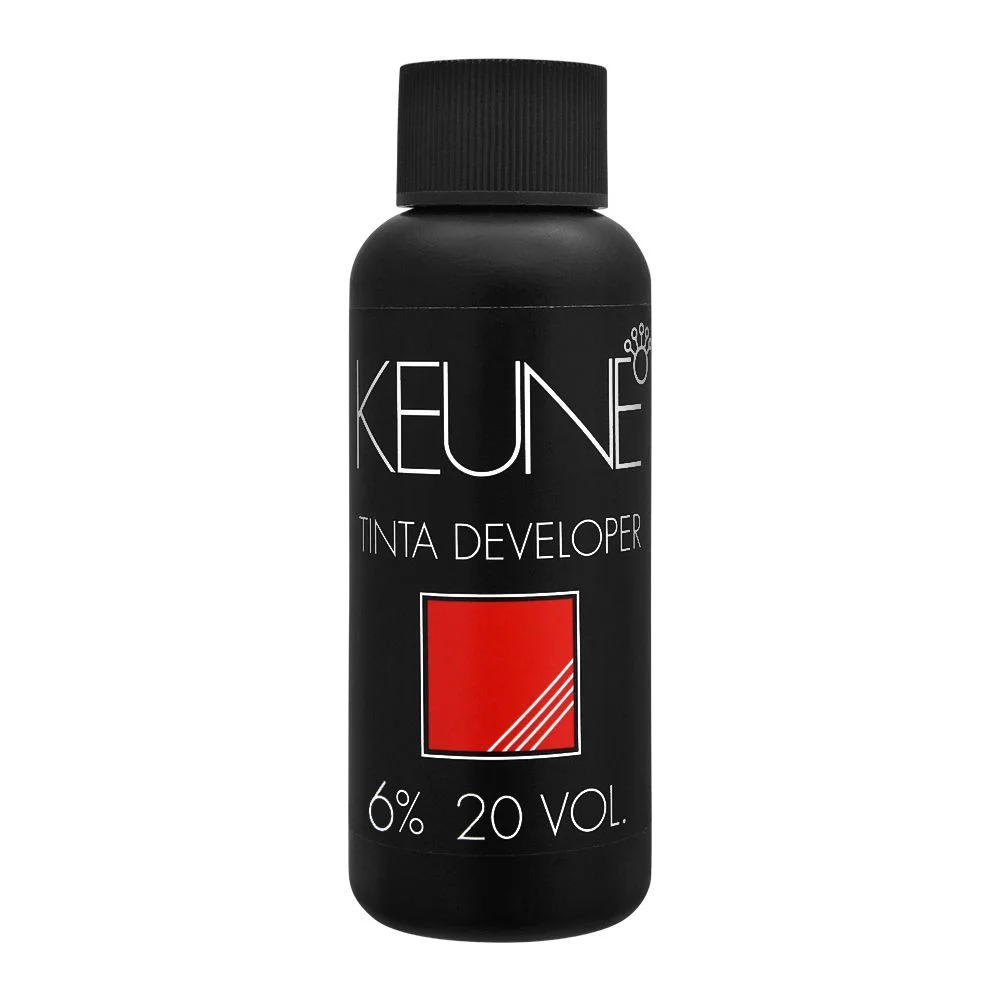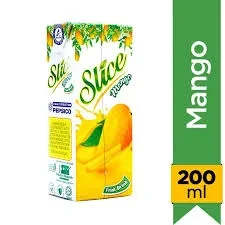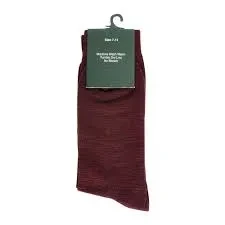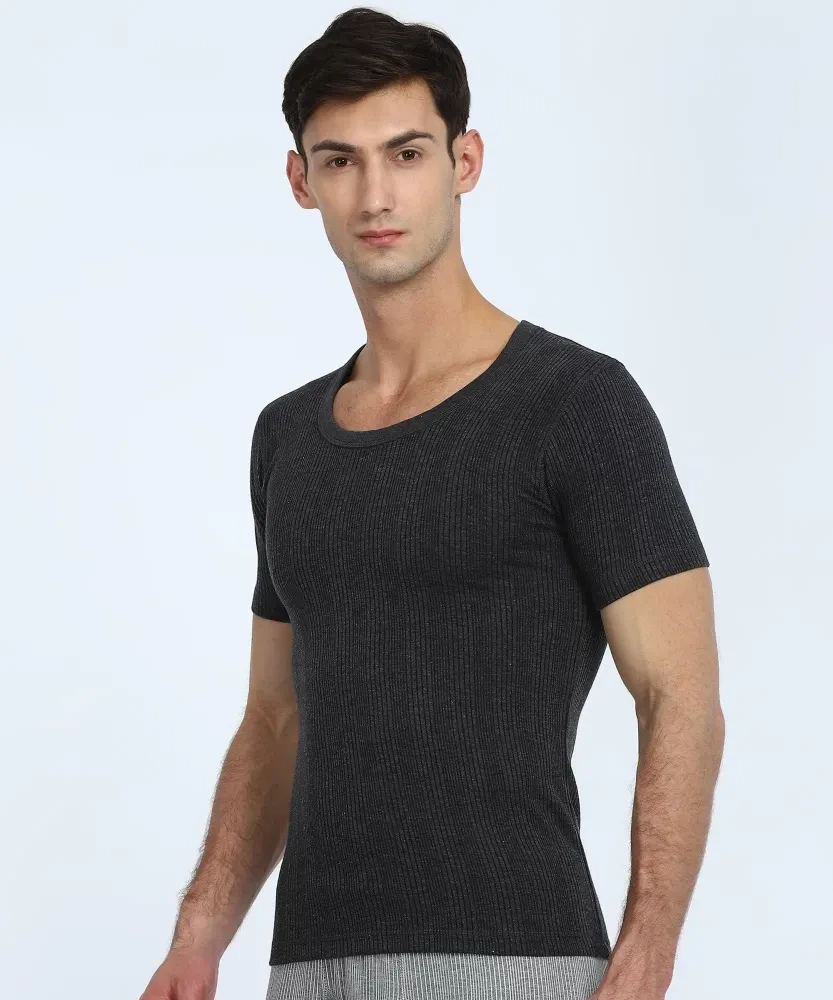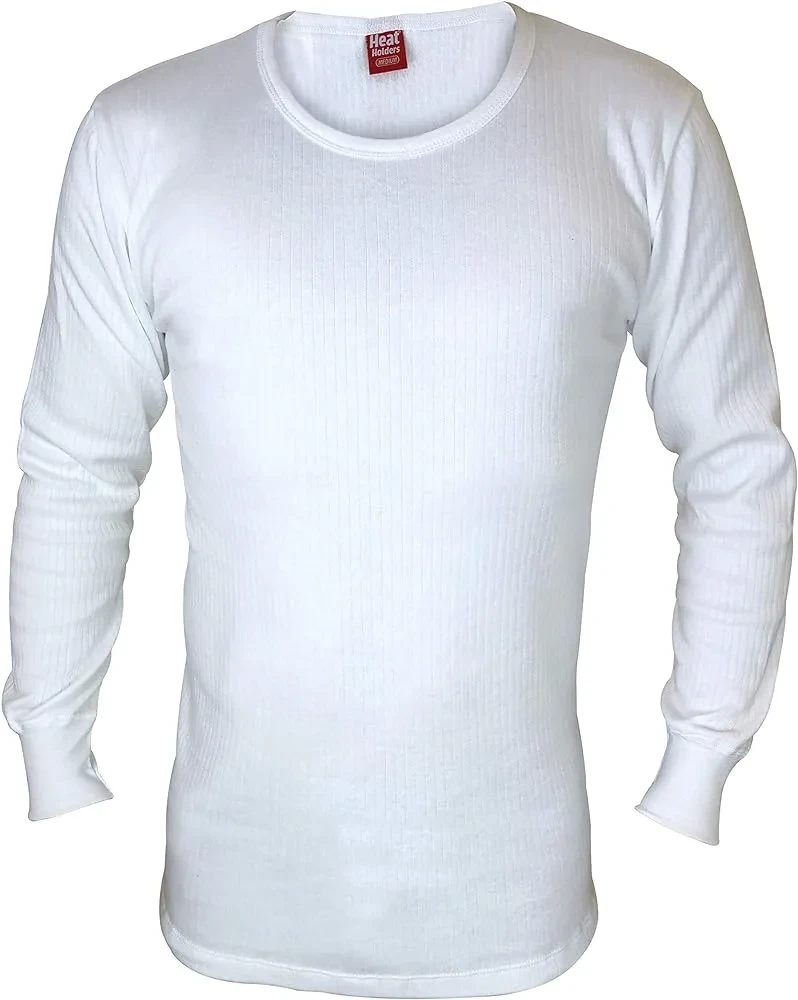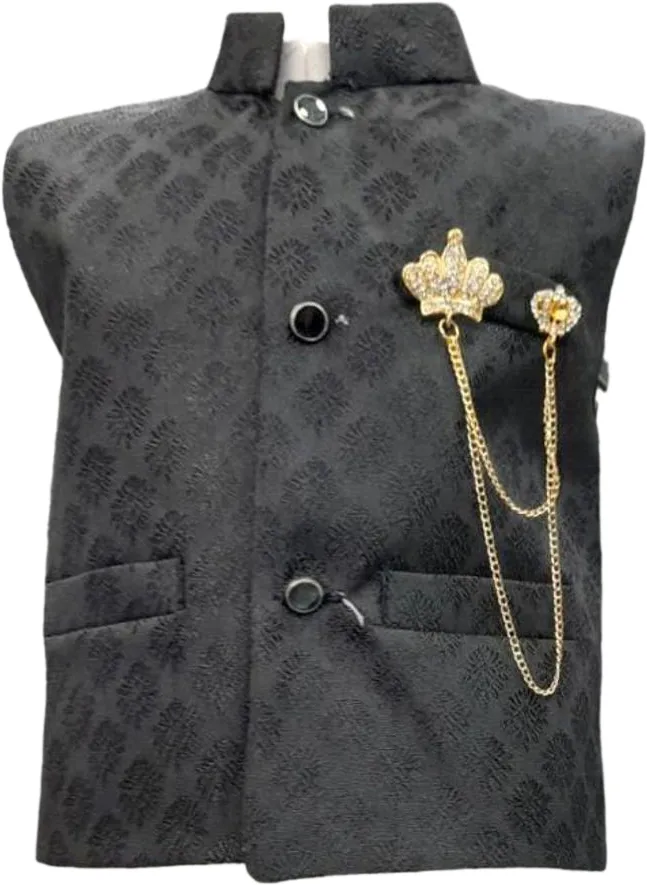

Waskat Coat Romal Brooch Qh
-
Rs500
-
Rs50
Reviews & Ratings
The Waskat Coat, often adorned with a Romal (decorative scarf) and a brooch, is a traditional waistcoat integral to Afghan and Pashtun men's attire. It is typically worn during significant cultural events such as weddings, engagements, Eid celebrations, and other festive occasions.
Key Features:
Design & Embroidery Waskats are renowned for their intricate hand embroidery, featuring vibrant colors and patterns. The embroidery often includes traditional motifs and may incorporate mirror work or bead embellishments, reflecting the rich cultural heritage of the region.
Materials These waistcoats are commonly crafted from high-quality fabrics such as cotton or velvet, ensuring both comfort and durability. The choice of fabric and the detailed embroidery make each piece unique.
Styling Traditionally, the Waskat is worn over a plain kurta or shalwar kameez. It is often complemented with a Romal draped over the shoulder and secured with a decorative brooch, adding a touch of elegance to the ensemble.
Cultural Significance Beyond its aesthetic appeal, the Waskat holds cultural importance, symbolizing pride in one's heritage and identity. It is a staple in traditional ceremonies and is cherished across generations.
In regions like Shekhupura, Punjab, Pakistan, the Waskat continues to be a popular choice for traditional attire, reflecting a blend of cultural pride and timeless fashion.
Related products
-
Rs500
-
Rs50

